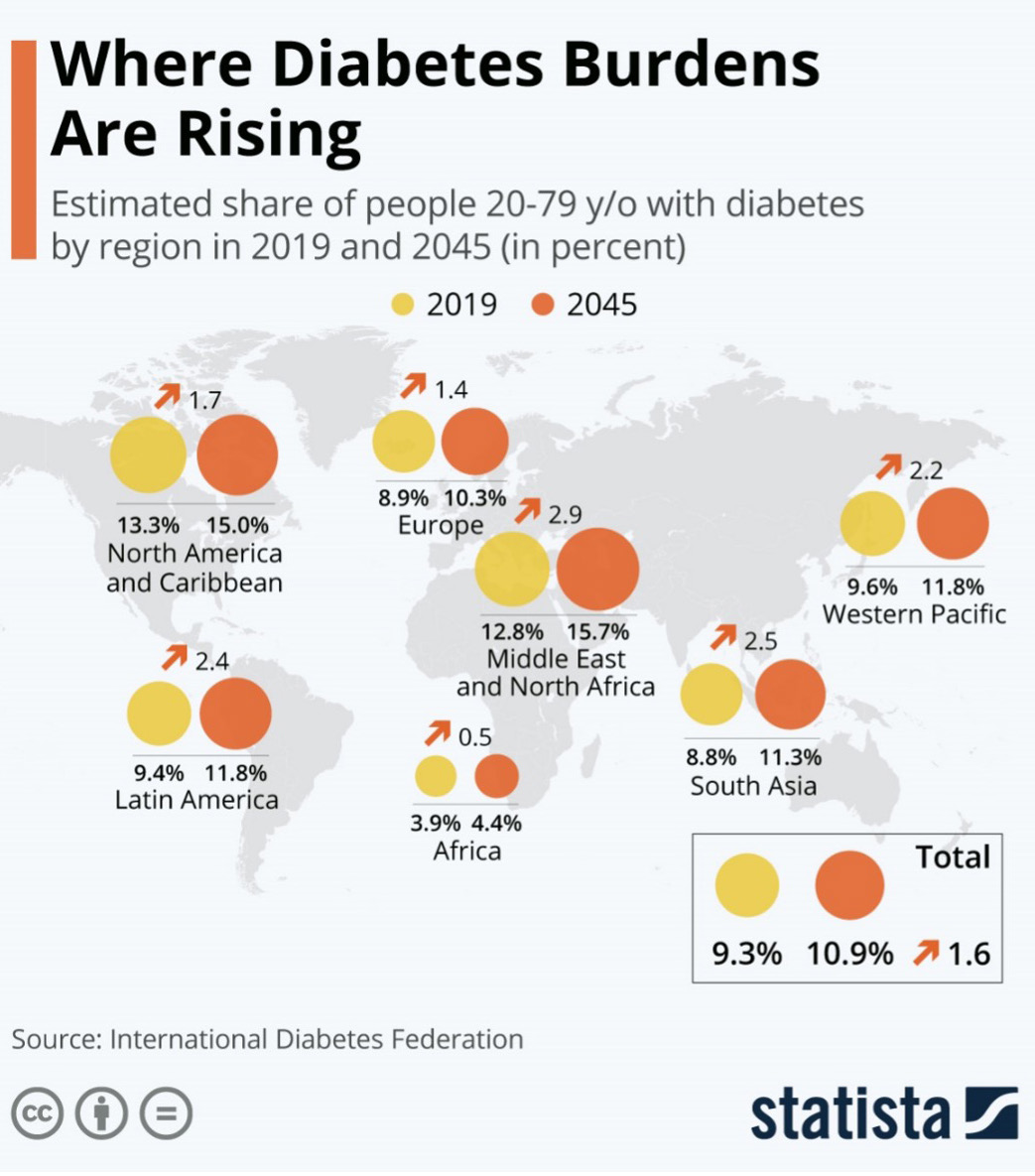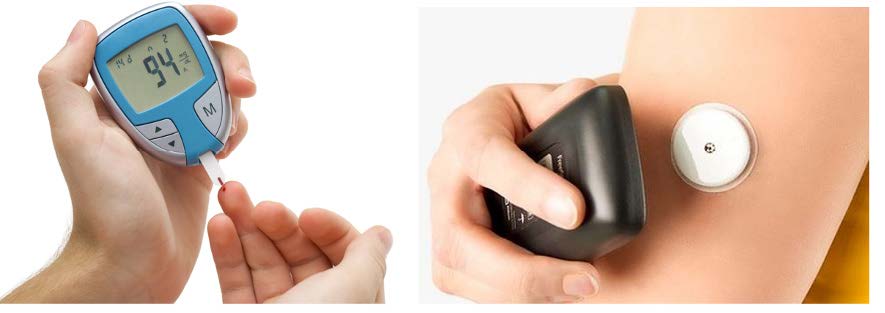Diabetes, a worldwide plague
Diabetes is a chronic disease that occurs when the pancreas does not produce enough insulin or the body does not properly use the insulin it produces. This serious disease is a major cause of blindness, kidney failure, heart attacks, strokes lower limb amputations and even death if not treated properly.
Being overweight and sedentary increases the risk of type II diabetes (insulin resistance), which is the most common. It can develop for a long time without symptoms, so prevention therefore plays an important role. Type I diabetes (insufficient insulin production) occurs during childhood. It is much more difficult to detect and often takes parents by surprise.
More than 3 out of 4 adults with diabetes live in low- and middle-income countries. In Switzerland, it is estimated that nearly 500,000 people have diabetes, of which about 40,000 have type 1 diabetes.
Diabetes was responsible for 6.7 million deaths in 2021, or 1 death every 5 seconds. The disease has resulted in at least $966 billion in healthcare expenditures, an increase of 316% over the past 15 years.
541 million adults have impaired glucose tolerance, putting them at high risk of contracting type 2 diabetes. In other words, the number of people with diabetes or at high risk of developing it is more than one billion worldwide.



.png)

